culture, jinbei clothing, summer, traditional japanese clothing
What is Jinbei Clothing: The Best Traditional Summer Attire!
James Lau
Posted on May 10, 2023
Share:
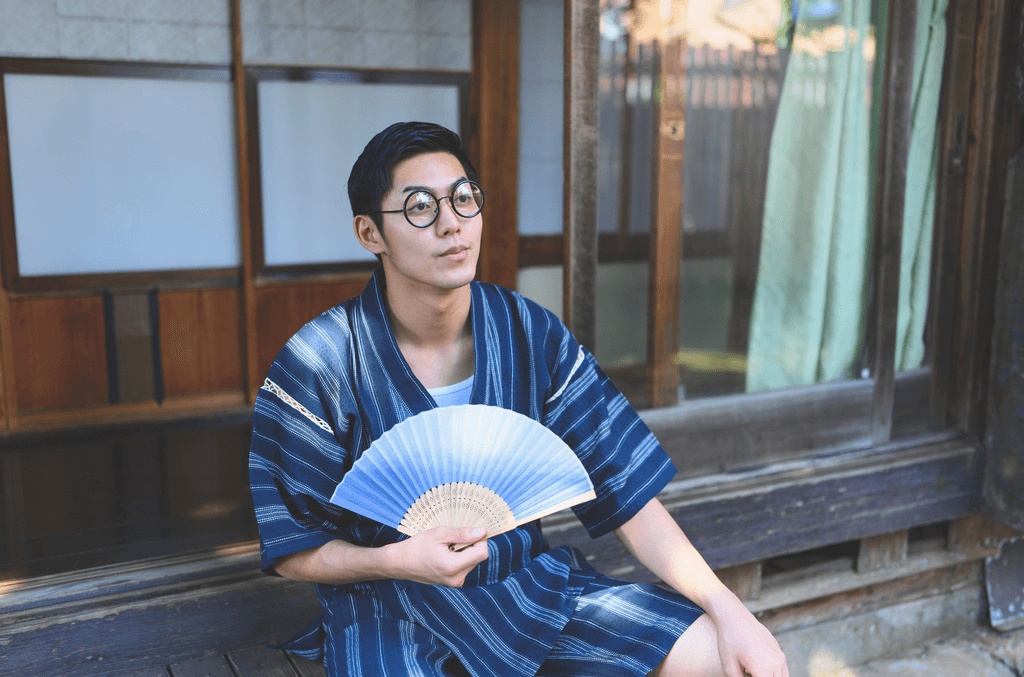
Jinbei clothing is a traditional summer garment popular in Japan for centuries. Known for their versatility, men, women, and children wear them for various occasions, from festivals to formal events! Let’s explore the secrets behind this summer favorite!
History of Jinbei Clothing
The history of jinbei can be traced back to the Edo period in Japan. At the time, cotton fabric became more affordable and widely available, leading to the development of new styles that were more comfortable and practical for everyday wear.
Jinbei originated as workwear worn by laborers, farmers, and fishermen. The loose-fitting design and lightweight fabric made it easy to move around in, while the short sleeves and cropped pants allowed for ventilation and kept the wearer cool.
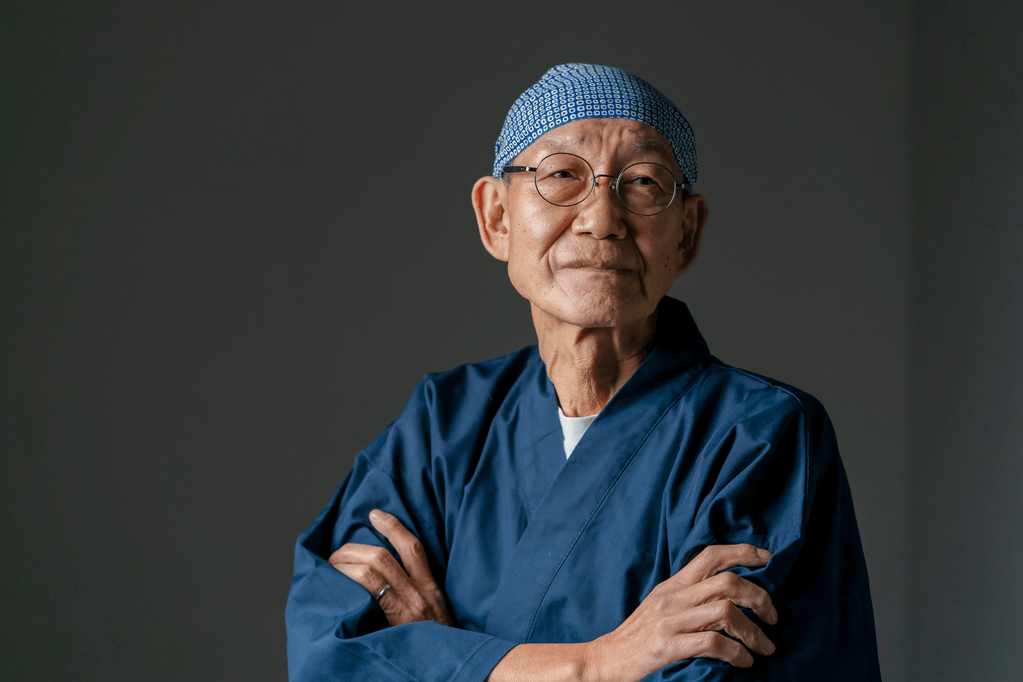
Over time, jinbei became popular among all social classes and became a more fashionable and valuable garment. Today, jinbei are worn by people regardless of age or gender and are available in a wide range of styles, colors, and materials.
Jinbei typically consists of a matching top and shorts. The top is a loose-fitting kimono-style jacket with short sleeves and a straight hemline that falls just above the hips. The shorts are similar to loose-fitting shorts or pants with an elastic waistband. The jinbei’s loose-fitting design makes it comfortable, even on hot summer days!
Materials Used in Jinbei Clothing
Jinbei is typically made from lightweight and breathable materials such as cotton or linen. These fabrics allow air to circulate and help to keep the wearer cool and comfortable in hot weather.
Cotton jinbei is the most common type of jinbei, as cotton is a widely available and affordable material. They come in various weights and textures, from delicate cotton to thicker, more textured weaves. In addition, cotton jinbei incorporates natural indigo dye to create a beautiful, traditional shade of blue.
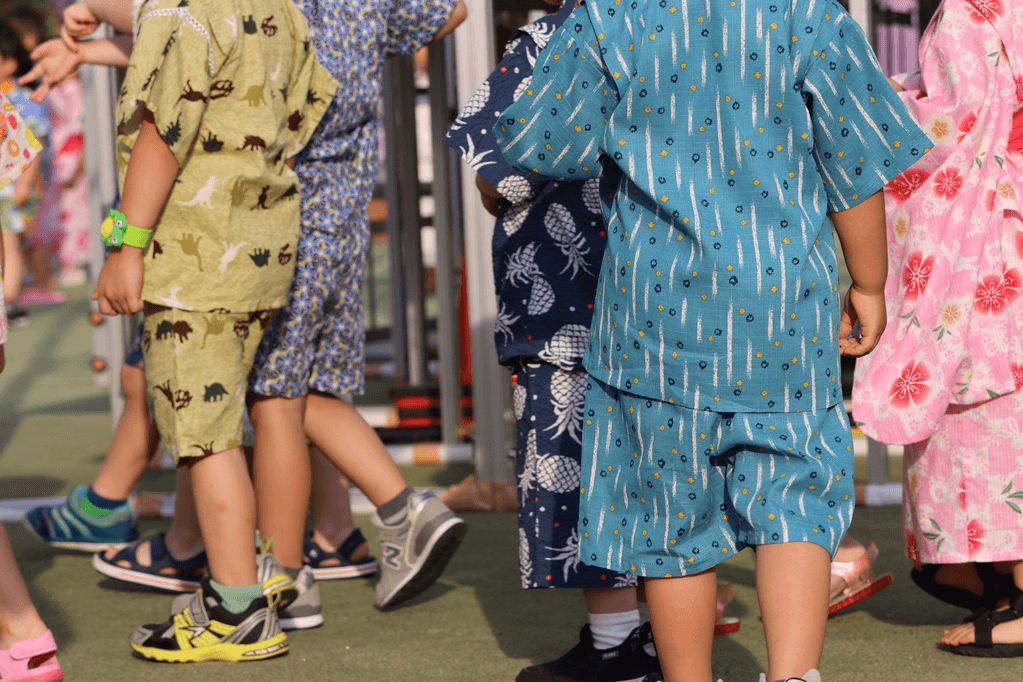
Linen jinbei are also popular, especially for formal occasions, as the linen has a crisp and elegant appearance; generally, they are more expensive than cotton ones but are also more durable and can last longer. Not to mention, linen jinbei is also easy to care for and becomes softer with each wash.
In recent years, synthetic materials have also been used to make Jinbei. These materials are often blended with cotton or linen to create a fabric that is even more comfortable. Some synthetic materials also offer additional benefits, such as moisture-wicking properties, which can help to keep the wearer feeling dry and comfortable.
Why is jinbei clothing perfect for the summer?
As mentioned earlier, jinbei is suitable for the summertime because of its breathability. One of the most common uses of jinbei is for summer festivals, often featuring traditional Japanese activities such as taiko drumming and dance performances.
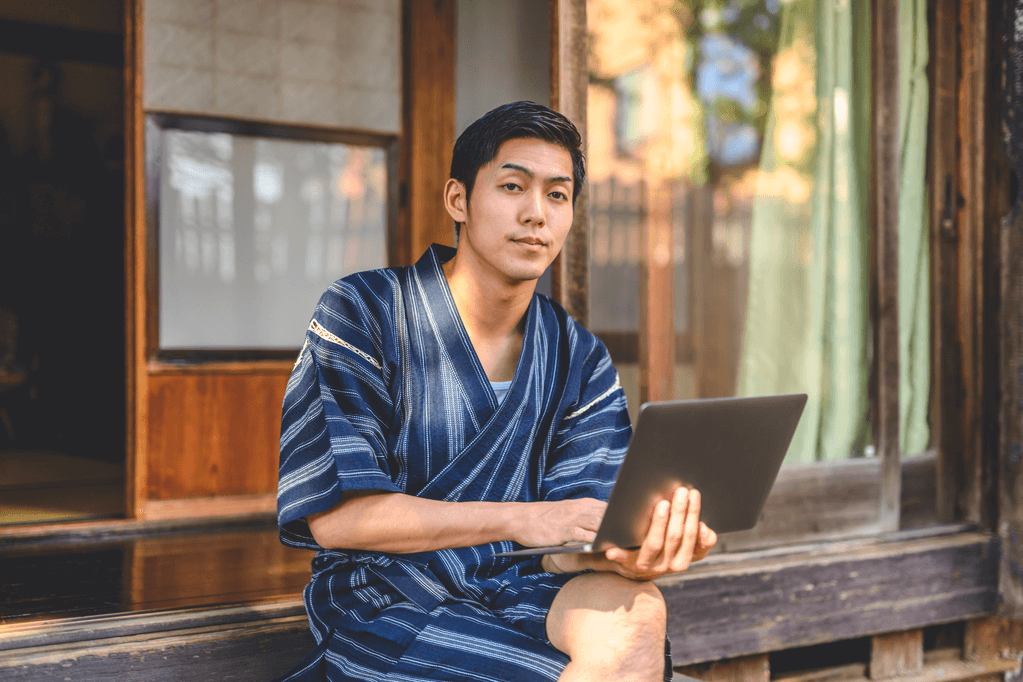
Moreover, jinbei are also worn to watch fireworks displays during the summer, and many people wear matching jinbei with their family or friends to create a festive atmosphere. Beyond these festivities, jinbei is also suitable for wearing to the beach or pool, as they are quick-drying and comfortable to wear over swimwear. Jinbei can be a versatile option for those looking to enjoy the summer season in Japan with comfort and style.
Are you looking to enjoy some gourmet snacks while relaxing this summer? Try Sakuraco! Sakuraco sends the best of traditional Japanese snacks, sweets, and teas right to your door so you can enjoy the taste of the season right at your home!
Can I wear a jinbei casually?
You can wear jinbei casually during Japan’s hot and humid summer months. Jinbei is comfortable and lightweight, perfect for relaxing at home or running errands. The loose-fitting design of jinbei also adds to its appeal as casual wear.
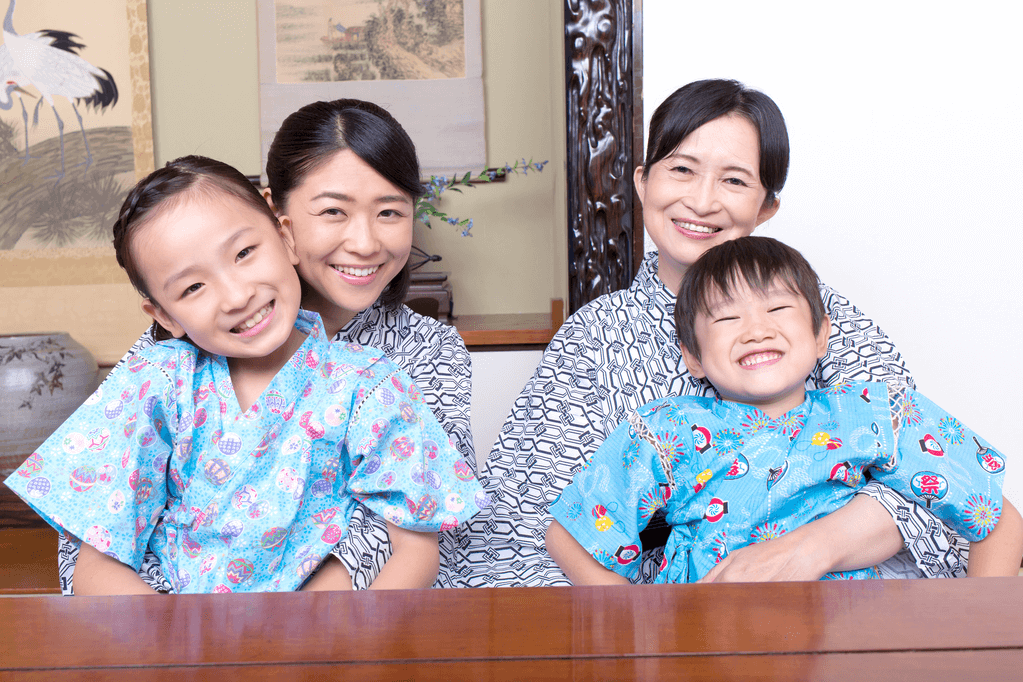
Additionally, jinbei can double up as comfortable sleepwear during hot summer nights due to its loose-fitting and breathable design. With its versatility and comfort, jinbei is an excellent choice for anyone looking to stay comfortable and stylish during summer.
Can I also wear a jinbei formally?
Absolutely! While jinbei is casual summer wear in Japan, modern designs have incorporated traditional elements with contemporary fashion, making them suitable for wearing to formal events such as weddings or parties.
Men’s jinbei pairs well with a haori jacket or a formal obi belt to create a more dressed-up look. On the other hand, women’s jinbei combined with jewelry and a clutch adds a touch of elegance. Therefore, jinbei is excellent for formal yet comfortable attire incorporating traditional Japanese elements.
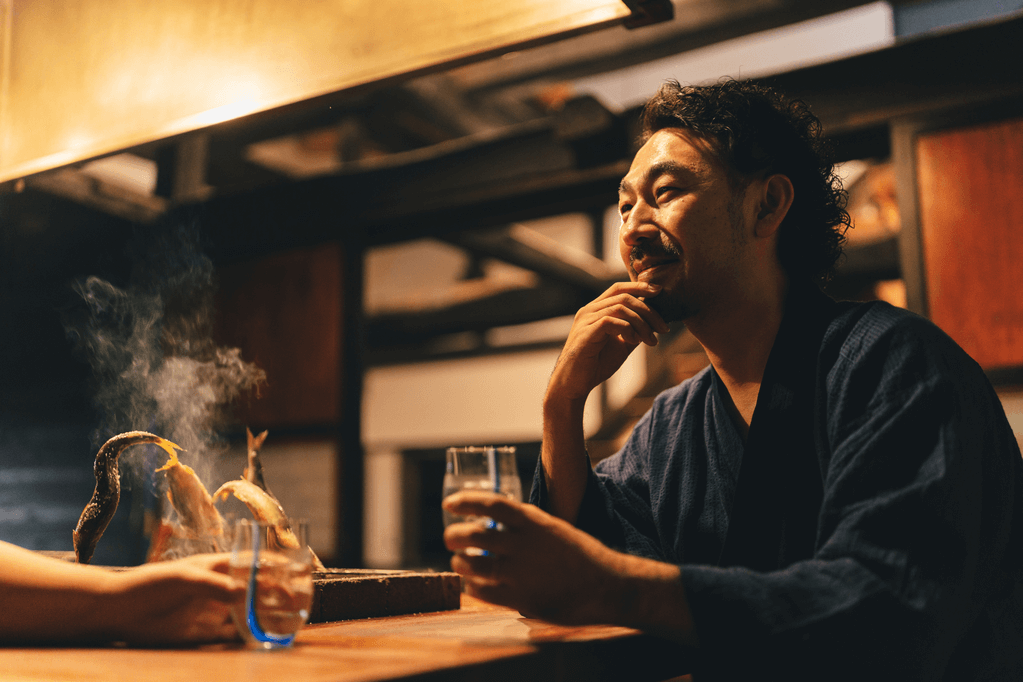
Overall, the jinbei is a traditional Japanese garment that has stood the test of time and continues to be popular today. They are versatile garments perfect for hot and humid summer weather and suitable for various activities, from casual wear to formal events.
If you’re looking for a comfortable outfit for lounging, a stylish ensemble for a summer festival, or a practical garment for the beach or pool, jinbei is perfect for you. With its rich history and cultural significance, the jinbei remains a beloved part of Japanese fashion and tradition! Have you ever worn a jinbei before? Do you own your own? Let us know in the comments below!

Discover authentic flavors with Sakuraco
Get Sakuraco 

Discover authentic flavors with Sakuraco
Get Sakuraco 
Related Articles

Japanese Fish Bait: The Beautiful Art of Kebari
Kebari are traditional hand-tied flies used for freshwater fishing in Japan, especially in mountain streams where small insects form the main diet of native fish. Instead of bright plastic lures, kebari use feathers, thread, and natural materials to create subtle movements in the water.
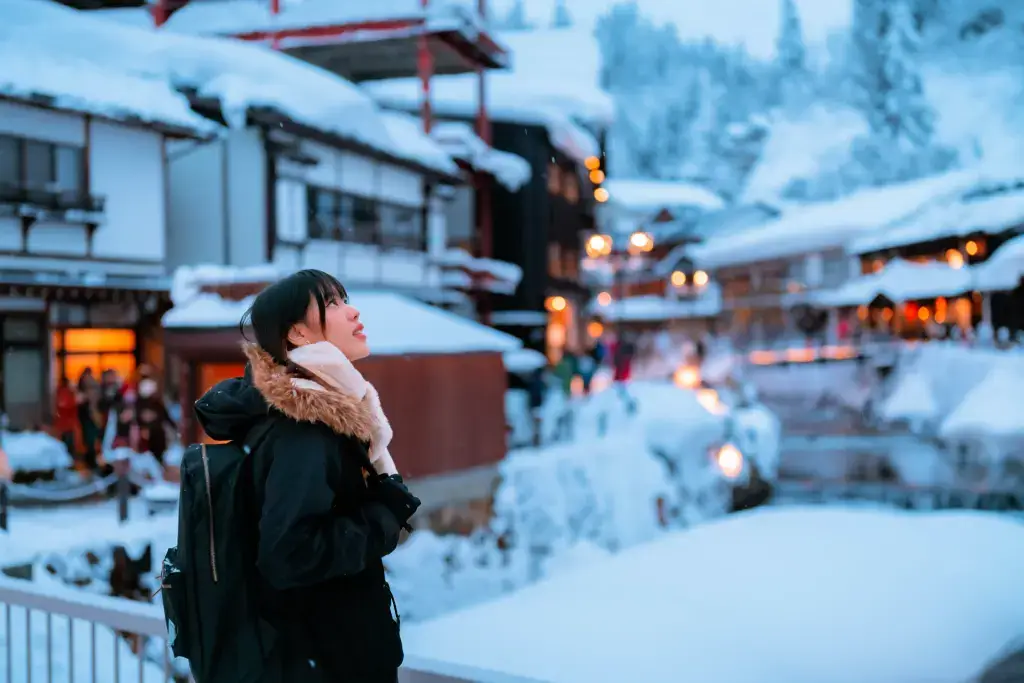
Japan Holidays Guide: Relax, Explore, and Delight in Festive Fun
As the year draws to a close, everywhere buzzes with preparations for the holidays, and Japan is no exception. Despite the cold winter weather, you can feel warmth in the scenery, decorations, and festive activities across the country. Let’s explore the unique experiences of holidays in Japan that many people dream of enjoying at least once in their lifetime!

Tokyo Gardens: Five Beautiful Traditional Japanese Gardens to Visit
Tokyo gardens offer a relaxing escape for visitors looking to get a breath of fresh air. However, Tokyo has more than just the typical gardens we see in the West. Let’s explore five traditional Japanese gardens and what makes them unique!

Japan Cruise Spotlight: The Ultimate Guide to Abashiri Icebreaker!
Japan offers a diverse range of cruise experiences, taking in various stunning landscapes. But, in the chilly grip of winter, some voyages pull in adventurers from around the globe. At the forefront of these wintry trips is the Abashiri Icebreaker Cruise in Hokkaido.



